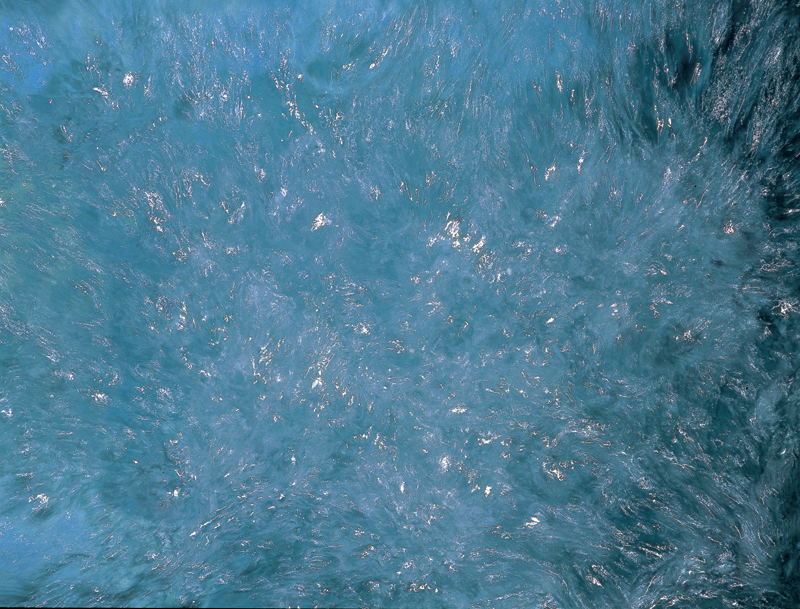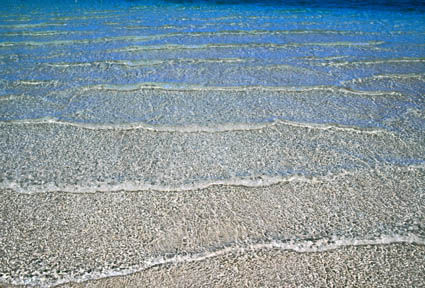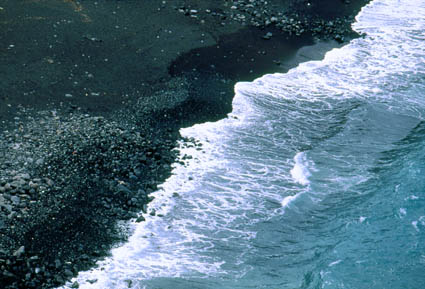The oceans offer enormous energy potential which can be transformed into electricity through a range of technologies in order to contribute to meeting current energy needs.
Within Marine Energies, there are clearly differentiated technologies, depending on the type of energy being exploited. The different types of marine energy are described below:
Marine current power: This exploits the kinetic energy contained in marine currents. The energy capture process is based on kinetic energy converters which are similar to wind turbines, but in this case using underwater installations.
Wave power: This is the exploitation of energy produced by the wave motion of the surface of the sea. The waves are a consequence of the friction of air on the sea surface, so they are very irregular. This has led to the development of multiple devices or converters for marine energies according to the collection principle of the device: oscillating water column (OWC), floating bodies, overflow and/or impact systems, etc.
Tidal Power: This is based on taking advantage of the rise and fall of the water of the sea which is produced by the gravitational action of the Sun and the Moon. A tidal power plant project is based on the storage of water in a reservoir that is formed by building a dam in a bay, inlet, river or estuary with floodgates that allow the water to be fed to the turbine to generate electricity.
Ocean Thermal Energy: This uses the thermal energy of the sea based on the difference in temperature between the surface of the sea and the deep waters. The thermal gradient must be at least 20ºC. Ocean Thermal power plants transform thermal energy into electrical energy using the thermodynamic cycle known as the “Rankine cycle” to produce electrical energy whose heat source is water on the sea surface and whose cold source is water from the sea depths.
Salt gradient energy or Blue Energy: energy obtained due to the difference in salt concentration between seawater and river water through the processes of osmosis.






